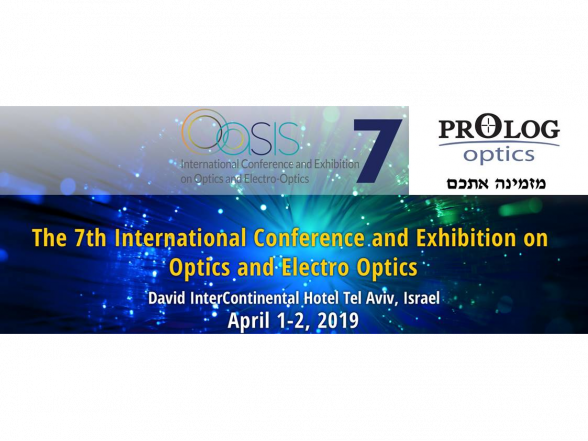On March 5, the TV3 program "Kolektīvais saprāts” (“Collective intelligence”) invited the director of the ISSP UL, Dr. phys. Andris Anspoks to the program to discuss how Latvia will supply its factories, homes, and cities with electricity and other energy resources in the future.
Currently, only the first steps are taken in obtaining "green energy", but the ultimate goal is for the energy to be available to everyone physically and financially. Research on which type of energy will dominate the future "green sector" is still ongoing - it is difficult to judge the best solution for now. In the future, energy in Latvia could be produced by nuclear power plants, hydrogen, wind power or other sources.
Andris Anspoks outlines the situation after 10 to 20 years. He says that electricity will play a significant role, especially in our region, because we need to eliminate using natural gas in Latvia. Renewables will play a significant role. Nuclear energy is also being counted as green energy, although in reality, it is not. It is considered green because it does not produce CO2 emissions. The only CO2 emissions come from nuclear fuel production. The wind has won its place well, and we see more and more solar panels. The trend for the future is micro-production. Andris Anspoks suggests that the future lies in communities as an energy circulation model. We should find solutions for energy harvesting, excess energy storage and energy recycling on a smaller or community scale.
The ISSP UL director also mentions hydrogen as one of the candidates for energy supply. H2 could be used as fuel immediately once blended in gas, turned into electricity, or used as a raw material to produce synthetic fuel.
Asked about the future communities, Andris Anspoks explains that, for example, in rural areas, H2 could be used as fuel for electric tractors (because H2 is not burned in internal combustion but is used for electricity production).
If nuclear engineering is considered, Latvia should concentrate on small modular nuclear blocks, not mega plants. Such small blocks are used in military and cosmic technologies – submarines and space rockets.
Asked about Latvia’s scientific potential in the world context, Andris Anspoks outlines three directions: hydrogen, bio-medicine and ecological battery technologies. Latvia and the ISSP UL have a long history of hydrogen research; biomedicine and microfluidics are also well-developed, as scientists have excellent knowledge and skills in drug invention and testing. Ecological, recyclable batteries are also the thing of the future. With the right amount of young researchers and investment, these technologies could bear fruit in 5-10 years’ time.
A new series of eight analytical programs, "Collective Intelligence", explores and analyzes Latvia’s future development models with experts and opinion leaders from various fields.



